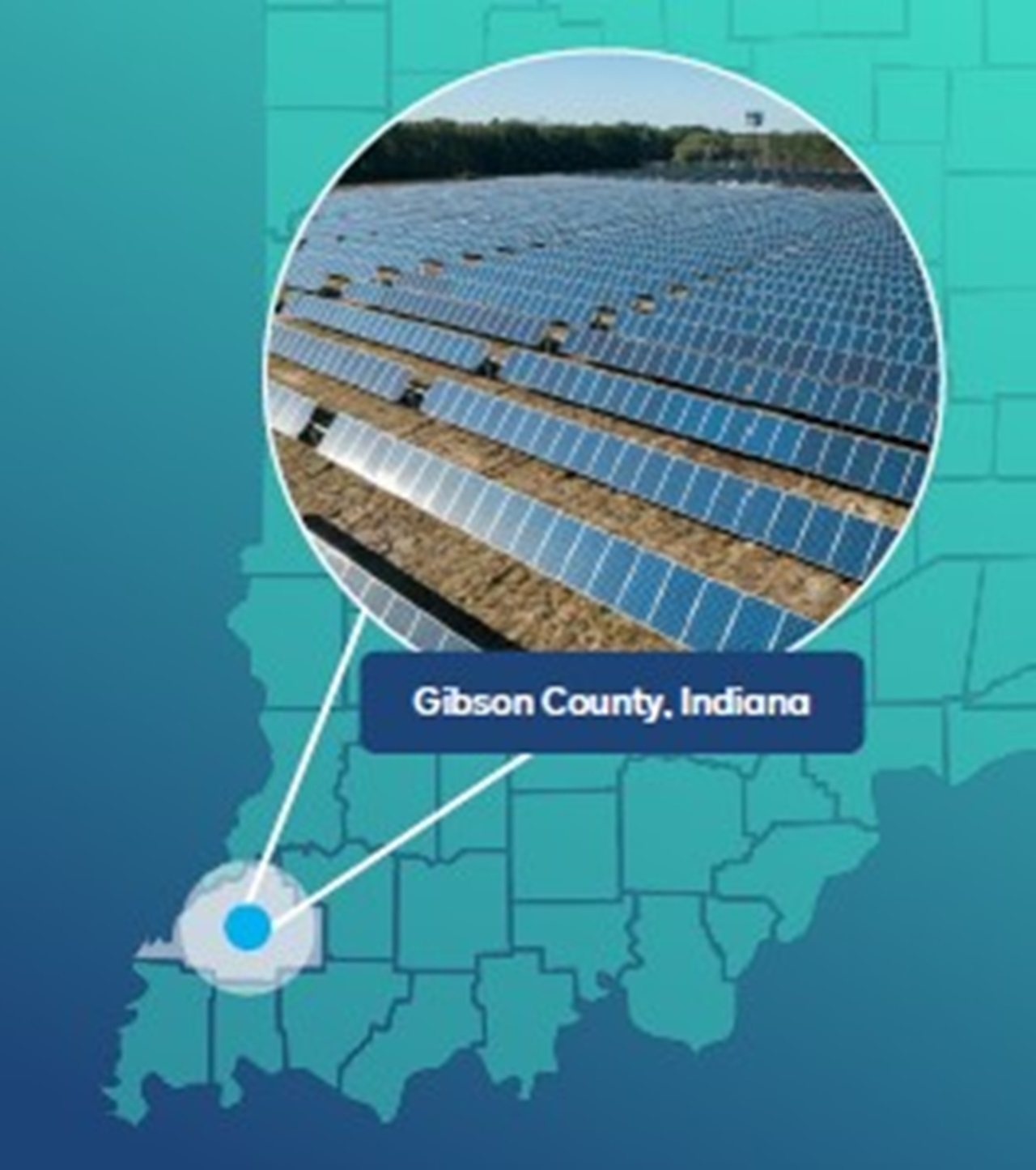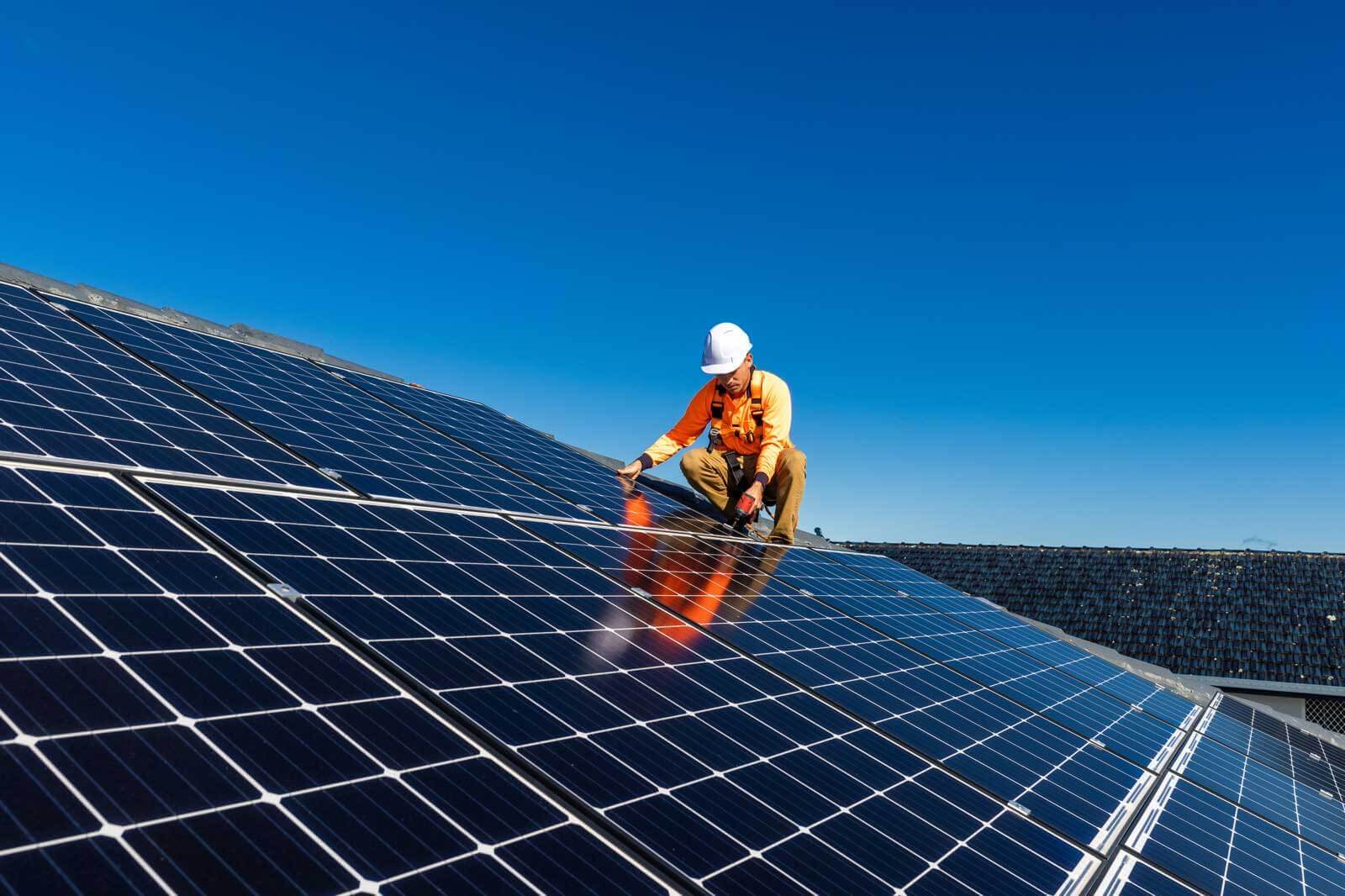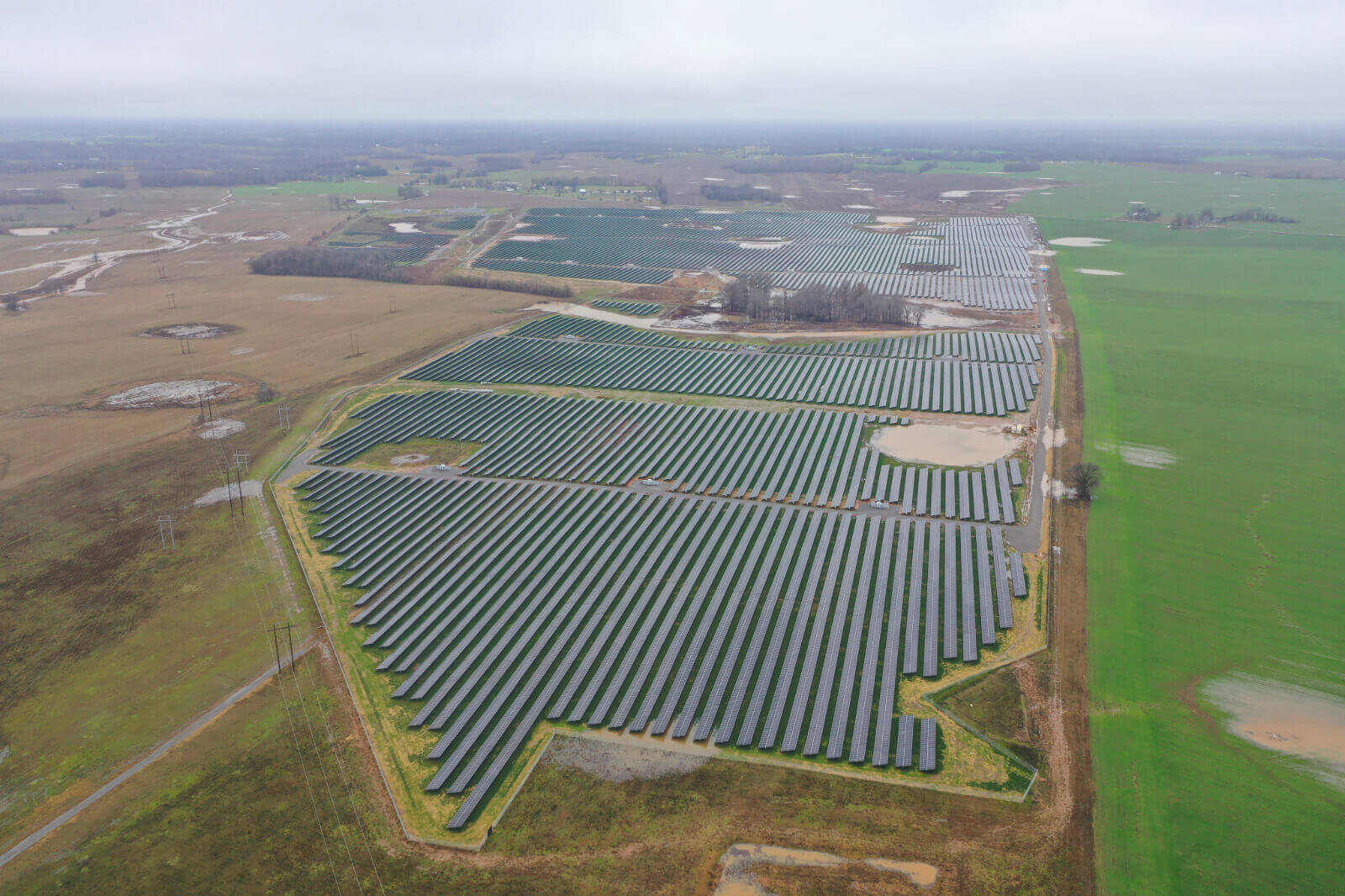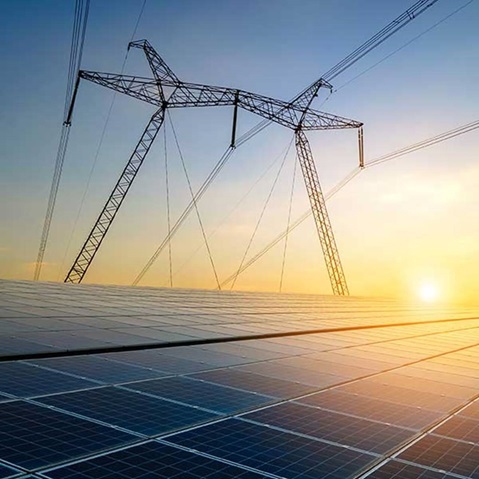Francisco Solar is a transformative clean energy project located in Gibson County, Indiana. Backed by RWE, one of America’s largest clean energy developers, this project integrates 250 MW of solar energy generation. Once operational in 2028, the facility will generate enough reliable, homegrown energy to power over 42,571 homes, while revitalizing reclaimed coal mine sites.
As American energy demand grows—from increased electrification and manufacturing needs—Francisco Solar positions itself as a cornerstone of Indiana’s clean energy future. Combining economic growth and environmental innovation, this project reaffirms RWE’s commitment to driving energy independence and making substantial investments in local communities.
Spanning years of development expertise, Francisco Solar aligns with RWE’s mission to deliver energy solutions that are both high-performing and community-focused. This project underscores the vital role of clean energy generation in securing America’s energy future while supporting rural economies across Indiana.
Status: In development







